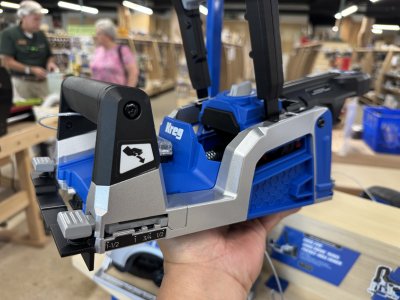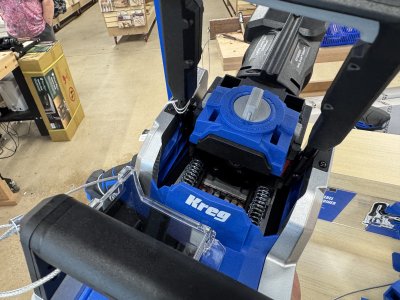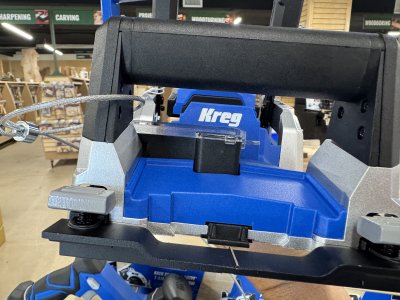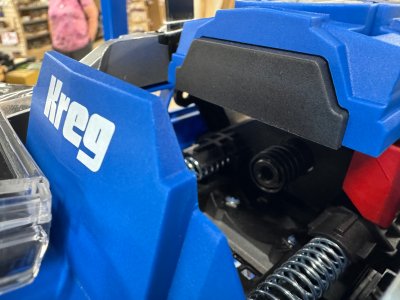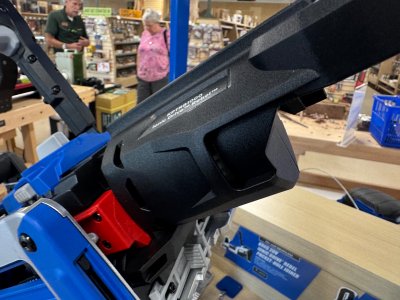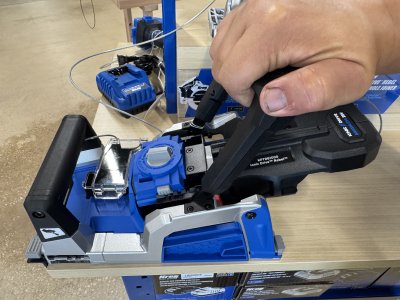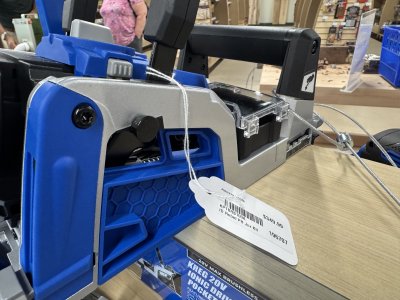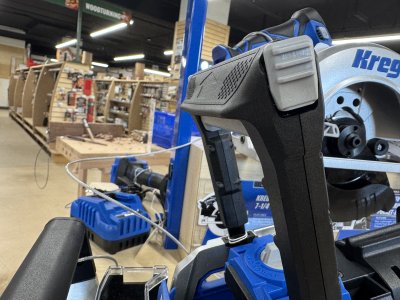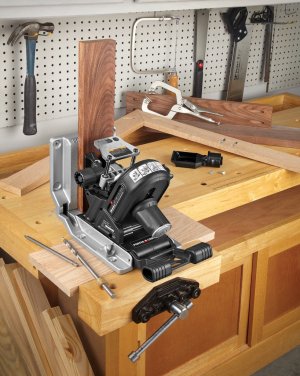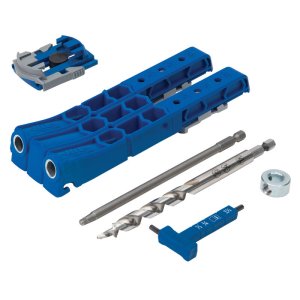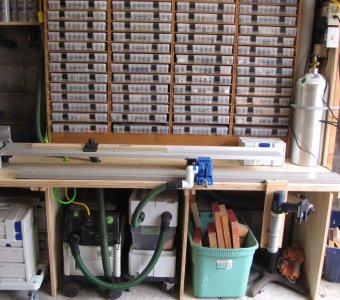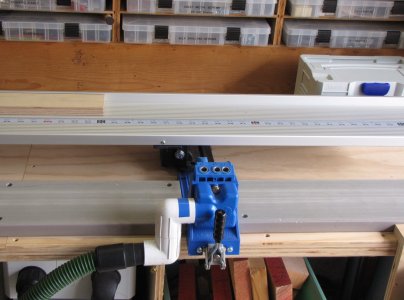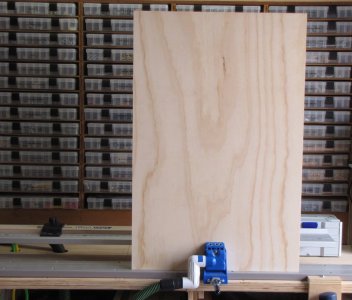I am of an age where all the plastic parts of my bicycle broke, shattered or failed within the first few days of getting the bike. So no matter that on an intellectual level I can recognize that ABS, nylon, fiberglass reinforced nylon, etc. may be a superior choice for a component, at a primal level, “plastic is junk”.
I bought, a number of years ago, a Porter-Cable version of a stationary pocket hole jig. It is big, heavy and entirely made of metal. P-C abandoned the product after just a few years. It is well-engineered and works perfectly. And it suits my metal-is-better mentality.
So my main problem with Kreg, is that everything they sell looks and feels cheap. They all seem to work though. The same can be said for Wolfcraft and Milescraft stuff. I have several of their products. They all work perfectly. But there is no pleasure handling their products. The tactile experience is awful.
In any case, I respect Kreg’s engineering. I even have a few of their products. But I seem to rarely use them. They look and feel like the crappy plastic bits on my bicycles that broke the first week I rode them.
But people who grew up later, had different experiences with the plastic bits on their bicycles (all plastic bicycle wheels, for instance) and their opinion of Kreg probably does not parallel mine.

